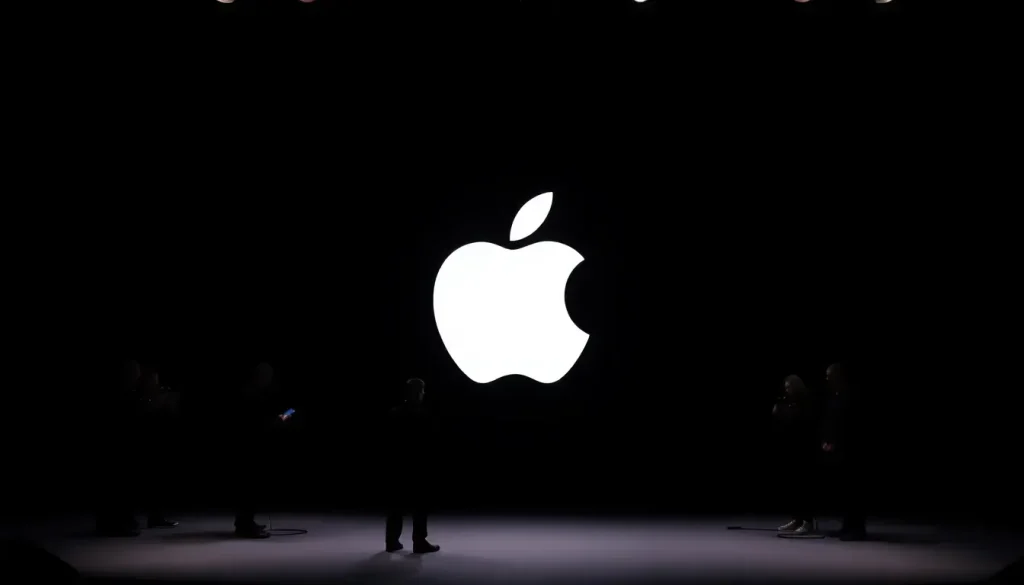Apple's leadership page will change significantly in five years

As the tech landscape evolves at a breakneck pace, the leadership dynamics within major corporations become increasingly critical. Apple's executive team, known for its historical impact and innovation, is nearing a significant transition. By 2030, we can expect to see new faces stepping into key roles, marking a pivotal shift in the company's direction.
This transformation is not solely about succession planning for CEO Tim Cook; it reflects a broader trend of aging leadership within Apple’s highest ranks. With most executives approaching retirement, the company stands at a crossroads that could redefine its future.
Understanding Apple's Leadership Landscape
Apple’s leadership has been instrumental in shaping its strategy and product development. As of now, several key executives are at or nearing retirement age, which prompts discussion about who will lead Apple into the next decade.
Interestingly, the age of these executives suggests that change is imminent. While the average retirement age in many industries hovers around 65, those in high-stakes positions like Apple’s leadership often remain until they feel compelled to step down. This can lead to a lack of fresh perspectives if not managed properly.
Current Executive Ages and Their Roles
Here’s a snapshot of the current leadership and their respective ages, highlighting the urgency for succession planning:
- Tim Cook (CEO): 64 years old
- Katherine Adams (SVP General Counsel): 61 years old
- Eddy Cue (SVP Services): 60 years old
- Craig Federighi (SVP Software Engineering): 56 years old
- John Giannandrea (SVP ML&AI): 60 years old
- Greg Joswiak (SVP Worldwide Marketing): 61 years old
- Sabih Khan (COO): 59 years old
- Deirdre O'Brien (SVP Retail + People): 59 years old
- Kevan Parekh (CFO): 53 years old
- Johny Srouji (SVP Hardware Technologies): 61 years old
- John Ternus (SVP Hardware Engineering): 50 years old
- Jeff Williams (SVP Design, Watch, and Health): 62 years old
The youngest executive, John Ternus, has been with Apple for a significant time, suggesting a blend of experience and potential for innovation in leadership roles.
The Era of Change: What’s Next for Apple?
As we look at the transition in Apple's management, it’s crucial to understand the historical context. Apple has experienced various leadership "eras," each defined by the personalities and visions of its leaders, from the innovative approach of Steve Jobs to the operational efficiency emphasized by Tim Cook.
The impending changes at the executive level could signal a shift in Apple’s strategic direction. While there’s speculation about a more daring leadership approach, the reality is that new leaders often adopt the existing corporate culture, which can be cautious and methodical.
Challenges Ahead: Will Apple Adapt?
Many analysts suggest that Apple is on the brink of facing significant challenges as the tech landscape becomes more competitive. The company’s leadership style has historically leaned towards data-driven decision-making, which, while effective, may not be sufficient in an era characterized by rapid innovation.
With startups advocating for agile methodologies, there is pressure on established corporations like Apple to adapt. This challenge poses the question: will Apple embrace a more innovative leadership style, or will it continue to prioritize stability and predictability?
Future Leadership: Succession Planning at Apple
As Apple prepares for these changes, the question of who will succeed Tim Cook looms large. The next CEO will not only need to navigate the company’s legacy but also inspire a new generation of innovation and adaptability. Potential candidates may emerge from within the current ranks, reflecting the company's ethos:
- Emphasis on technological excellence
- Commitment to sustainability and ethical practices
- Focus on global market diversification
Strategic Directions: The Global Landscape
Looking beyond leadership transitions, Apple is also facing challenges related to its global supply chain and international relations. The diversification of supply chains has become a strategic priority, especially in light of geopolitical tensions that could impact operations.
Regardless of who takes the helm post-Cook, Apple’s ability to maintain its competitive edge will hinge on how effectively it adapts to these shifts in global dynamics. Strategic foresight and agility will be paramount as the company looks to the future.
Engaging with the Leadership Shift
As discussions continue about the future of Apple’s leadership, it’s essential to remain informed. One insightful resource discussing the implications of leadership changes at Apple can be found in this video:
In conclusion, while the future of Apple’s leadership remains uncertain, it is clear that the company must navigate an intricate landscape of aging executives, competitive pressures, and evolving market dynamics. As we approach 2030, the need for fresh perspectives and innovative strategies will be more critical than ever for Apple to thrive in the coming years.




Leave a Reply